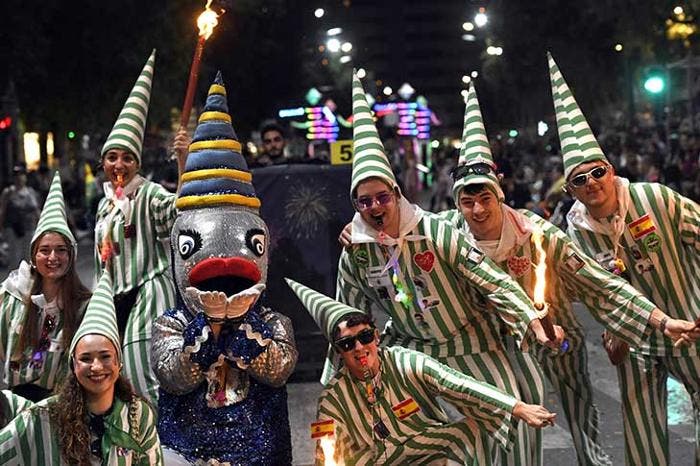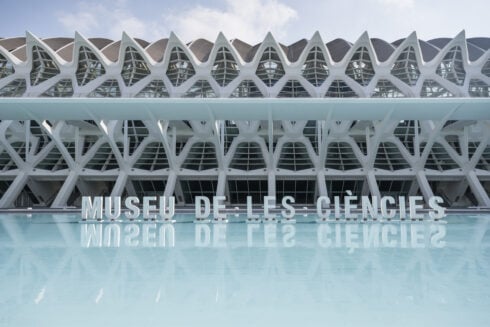THESE are the best festivals taking place across Spain this spring now the solemn processions of Semana Santa have passed.
Throughout spring and summer, towns and cities across the country will gather to remember their strangest traditions, from celebrating New Year’s Eve in August to chucking paint at a thief hoping to steal the Virgin Mary.
But, some of Spain’s most unique fiestas take place in the spring, including Murcia’s curious ‘Burial of the Sardine’.
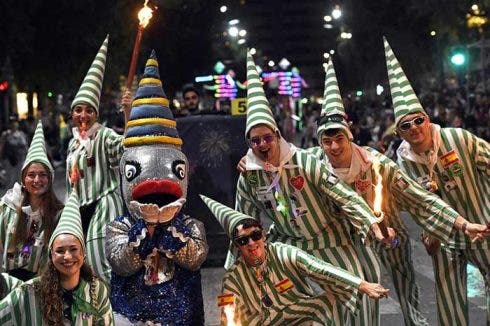
Photo: Turismo Murcia
On April 6, locals will gather to watch thirty ‘sardine troops’ march through the streets in a parade to mark the end of carnival season.
The festival began in 1850, when a group of students decided to form a ‘court’ presided over by a sardine, who symbolised Easter fasting and abstinence, to revive the carnival spirit.
Today, the sardine troops spend the days amping up local people before the parade.
Then, thousands take to the streets in mourning or fancy dress, comically sobbing over the dead sardine.
Toys are thrown to children, fireworks are set off and, crucially, a huge sardine is burnt, sparking a party which endures until the early hours.
Equally strange is Salamanca’s Procession of Moss Men.
Held in the town of Bejar, the event celebrates the festival of Corpus Christi.
The tradition dates back to the 12th century, when, according to legend, Christians reconquered the town from Muslim rule by entering in the dead of night, covered in moss.
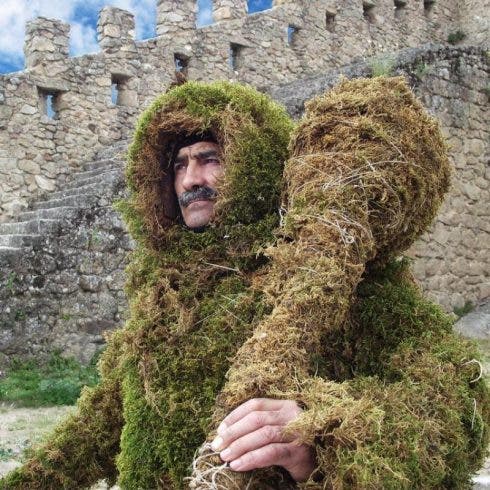
Photo: Salamanca Emocion
READ MORE: San Juan in Lanjarón is one of the craziest fiestas in Spain’s Andalucia
It was merged with the Corpus Christi procession in the 14th century and is now a huge cultural festival, with plays, exhibitions and lectures.
Locals also take part in a balcony decorating contest to mark the occasion.
Also coinciding with Corpus Christi, is La Patum de Berga, in Catalonia.
This festival sees Berga filled with a host of unique characters including dragons, eagles and ‘big heads’ (people wearing huge paper mache heads).
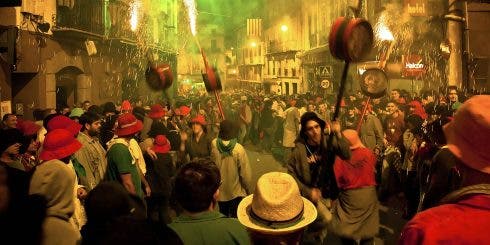
Photo: Turismo Catalunya
The highlight of the festival is the salto de plens, a dance said to represent a devil orgy.
Ironically, this profane act is followed by events for children the next day.
Although for the British, bonfires are associated with the cold days of November, in Spain, they mark the start of summer.
On the 23rd of June, locals used to go to the countryside for a feast to celebrate the summer season.
When midnight arrived, they would light campfires and dance around them, throwing firecrackers in the flames before a dip in the sea.
After years of this custom, the Bonfires of San Juan (Alicante) were officially constituted in 1928.
Today, the festival has become a homage to fire in which enormous wooden figures are burnt in an event not dissimilar to Valencia’s fallas festival.
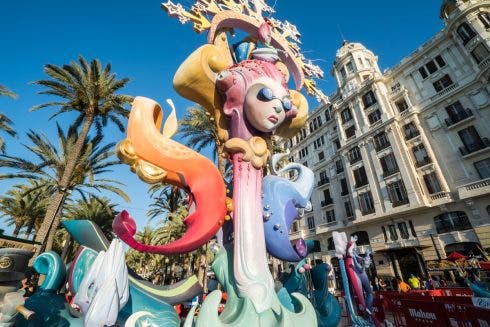
Photo: Turismo Alicante
If you love fireworks, this fiesta is for you, as at 2pm everyday between 19 and 24 of June, Los Luceros square hosts a range of pyrotechnic shows.
Locals also choose a ‘Beauty of the Fire’ to represent local women, so if you fancy seeing the beauty of bonfires up close, make your way to Alicante this spring.
Click here to read more News from The Olive Press.

